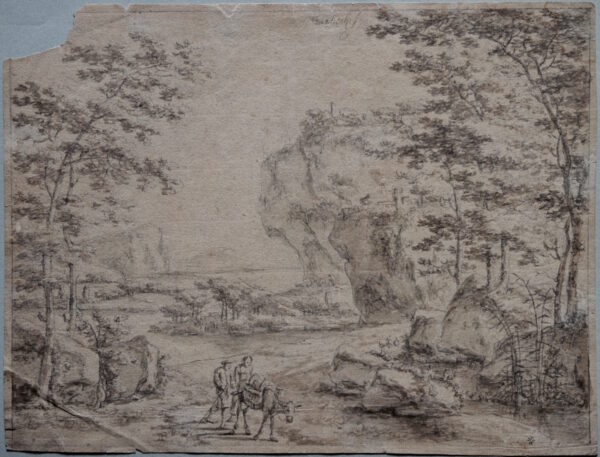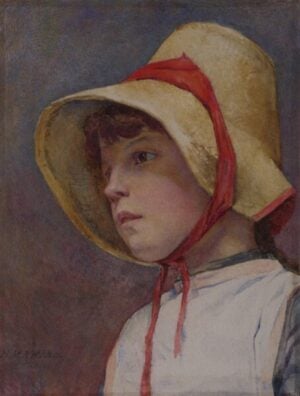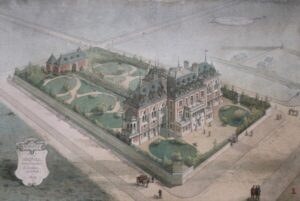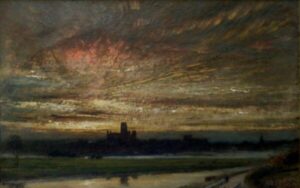Description
During the seventeenth century, a group of Dutch artists found themselves lured by the light of Italy. One such artist was the landscape painter Willem de Heusch, who lived in Italy from c.1640-45 until returning to his hometown of Utrecht by 1649. This period had a profound impact upon his work: going so far as to start signing his work G D Heusch, adopting the Italianate form of his name by using a ‘G’ rather than a ‘W’; Guglielmo. Upon his return to Holland, he became Dean of the Guild of St Luke; fellow Dutch landscape painters Jan Both and Cornelis van Poelenburgh were also on the council.
Like his teacher, Jan Both, who he often emulated in his compositions, de Heusch painted romantic visions of the Campagna; the Italian countryside around Rome. Unlike Claude Lorrain, whose work from his time in Italy was highly influential to de Heusch, Willem rarely introduced biblical scenes into his landscapes, choosing to depict the utopian dream instead. This original drawing signed by the artist evokes the Arcadian world that de Heusch is known for.
Brand
De Heusch, Willem (Dutch, c. 1618-1692)
Willem (or Guilliam) de Heusch was a Dutch landscape painter and engraver. Very little is known about de Heusch's life and training. De Heusch was born and died in Utrecht. He likely studied with Jan Both as he later painted entirely in Both's style. Nothing certain is recorded of him except that he presided over the gild of Utrecht, whilst Cornelis Poelenburg, Jan Both and Jan Weenix formed the council of that body, in 1649. One pupil of de Heusch in Utrecht was his nephew, Jacob de Heusch.
His pictures are signed with the full name, beginning with a monogram combining a G (for Guilliam or Guglielmo), D and H Heusch's etchings, of which thirteen are known, are also in the character of those of Both.
Although the style of Heusch is identical with that of Both, it may be that the two masters during their travels in Italy fell under the influence of Claude Lorraine, whose Arcadian art they imitated. Heusch certainly painted the same effects of evening in wide expanses of country varied by rock formations and lofty thin-leaved arborescence as Both. There is little to distinguish one master from the other, except that of the two Both is perhaps the more delicate colourist. The gild of Utrecht in the middle of the 17th century was composed of artists who clung faithfully to each other. Poelemburg, who painted figures for Jan Both, did the same duty for Heusch. Sometimes Heusch sketched landscapes for the battlepieces of Molenaer.
The most important examples of Heusch are in the galleries of The Hague and Rotterdam, in the Belvedere at Vienna, the Städel at Frankfort and the Louvre.



